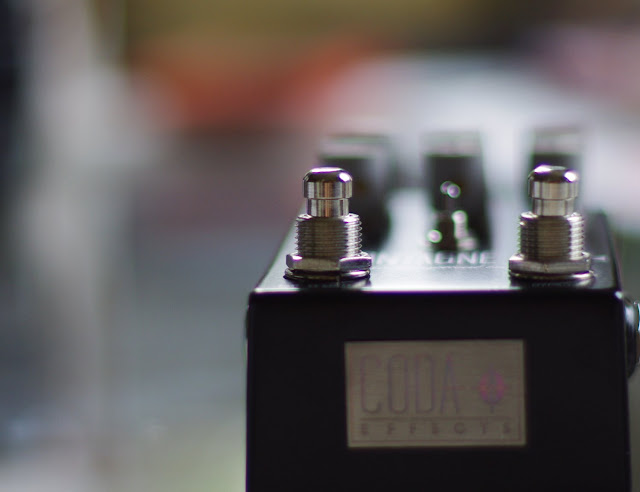Robert
Reverse Engineer
Do you have a ground plane on the opposite side of the board as well? If not, are your ground net ratlines hidden?
Your ground pads don't have solid connections between them but there are no ratlines indicating broken connections. For example the two square GND pads on the left have no connection to the three GND pads on the right.
Did you draw a schematic first in DipTrace, or did you do this all by hand in the PCB editor?
The reason I ask is that you can, of course, just draw the entire PCB from scratch in the PCB editor but it's risky... It's much easier if you draw the schematic first in the Schematic Editor then "Convert to PCB". This will display ratlines as a guide to ensure you don't accidentally forget a connection (or make an incorrect connection). Then you can run a series of tests from the Verification menu to check your layout for errors.
Check Design Rules ensures no traces, pads, or holes intersect or get too close to each other (or the edge of the board)
Check Net Connectivity ensures that all of the proper connections are made
Compare to Schematic verifies your layout against your schematic to ensure all components are present and of the correct type (and that all connections match your schematic)
It's always a good idea to run all three of these before exporting a PCB to be fabricated.
Your ground pads don't have solid connections between them but there are no ratlines indicating broken connections. For example the two square GND pads on the left have no connection to the three GND pads on the right.
Did you draw a schematic first in DipTrace, or did you do this all by hand in the PCB editor?
The reason I ask is that you can, of course, just draw the entire PCB from scratch in the PCB editor but it's risky... It's much easier if you draw the schematic first in the Schematic Editor then "Convert to PCB". This will display ratlines as a guide to ensure you don't accidentally forget a connection (or make an incorrect connection). Then you can run a series of tests from the Verification menu to check your layout for errors.
Check Design Rules ensures no traces, pads, or holes intersect or get too close to each other (or the edge of the board)
Check Net Connectivity ensures that all of the proper connections are made
Compare to Schematic verifies your layout against your schematic to ensure all components are present and of the correct type (and that all connections match your schematic)
It's always a good idea to run all three of these before exporting a PCB to be fabricated.
Last edited by a moderator:







